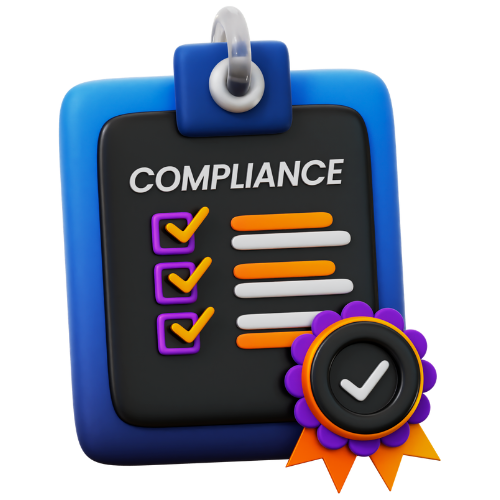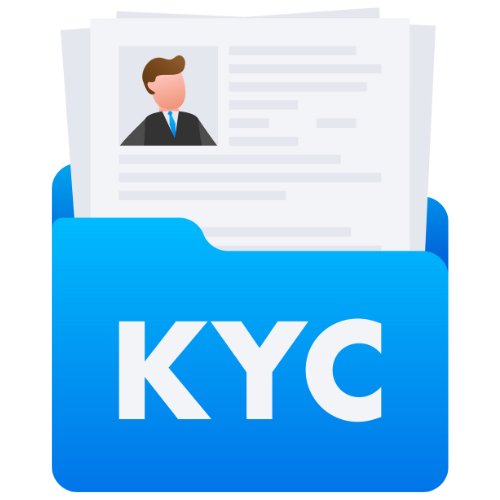Understanding the Cost Structure of Obtaining a DSC
This article discusses the cost structure of obtaining a Deferred Sales Charge (DSC) and provides insights into the fees involved, helping readers understand the financial implications of this investment strategy.
Understanding the Cost Structure of Obtaining a DSC
A Digital Signature Certificate (DSC) is an essential tool for online transactions, secure communication, and verifying the authenticity of electronic documents. It serves as a digital equivalent of a physical signature and ensures the security and integrity of online transactions. However, obtaining a DSC involves some costs that users need to be aware of before getting one. Let's delve into the cost structure of obtaining a DSC:
Types of Digital Signature Certificates
There are three types of DSCs available for different purposes:
- Class 1 DSC: It is used for verifying email communications and comes with the lowest level of security.
- Class 2 DSC: It is used for online transactions and filing documents with authorities like the Registrar of Companies (ROC) and Income Tax Department.
- Class 3 DSC: It is used for e-tendering, e-procurement, and other high-security transactions.
Cost Components of Obtaining a DSC
The cost of obtaining a DSC consists of the following components:
- DSC Application Fee: This is the basic fee for applying for a DSC and varies based on the type of certificate and the certifying authority.
- Token Cost: A USB token is required to store the digital signature securely. The cost of the token varies based on the brand and specifications.
- Renewal Fee: DSCs have a validity period of 1 to 2 years, after which they need to be renewed. The renewal fee is lower than the application fee.
- Revocation Fee: If a DSC needs to be revoked due to loss or compromise, a fee is charged for the revocation process.
Cost Variations
The cost of obtaining a DSC can vary based on the following factors:
- Validity Period: DSCs with longer validity periods are generally more expensive upfront but can result in cost savings over time as renewal fees are avoided.
- Certifying Authority: Different certifying authorities may have variations in their fee structure for issuing DSCs.
- Token Brand: The cost of the USB token can vary based on the brand and additional security features it offers.
Importance of Understanding the Cost Structure
Understanding the cost structure of obtaining a DSC is crucial for users to budget and plan their digital signature needs effectively. By knowing the costs involved, users can make informed decisions about the type of DSC to apply for, the validity period to choose, and the overall expenses to be incurred.
Additionally, being aware of the cost structure can help users avoid any hidden charges or unexpected fees during the DSC application or renewal process. It enables them to compare prices from different certifying authorities and token providers to ensure they are getting the best value for their investment.
Conclusion
Obtaining a Digital Signature Certificate is a necessary step for ensuring the security and integrity of online transactions and communications. By understanding the cost structure of obtaining a DSC and considering factors like application fees, token costs, renewal fees, and revocation fees, users can make informed decisions and manage their expenses effectively.
It is essential to research and compare the costs from different providers to choose the most cost-effective option that meets your security requirements. By investing in a DSC wisely, users can enjoy secure and seamless online transactions without incurring unnecessary expenses.
Latest Updates
ca4filings.com Services









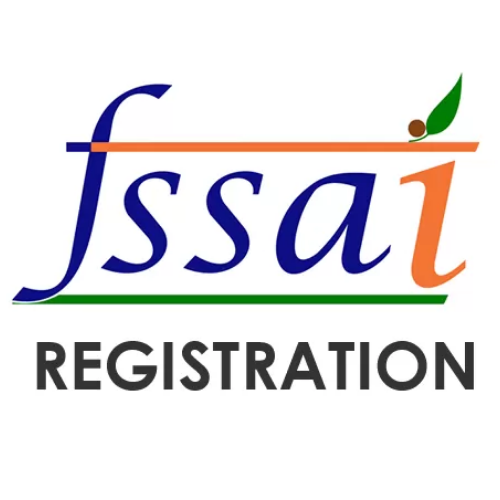

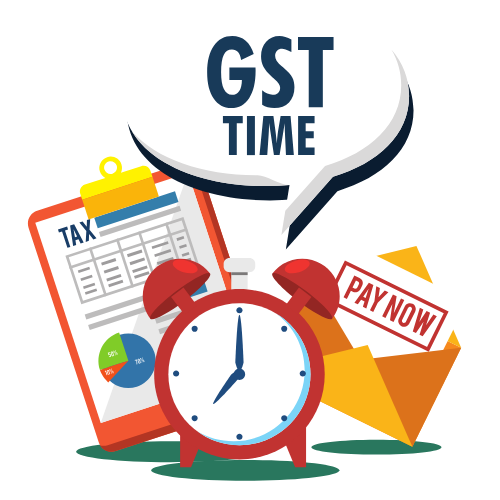



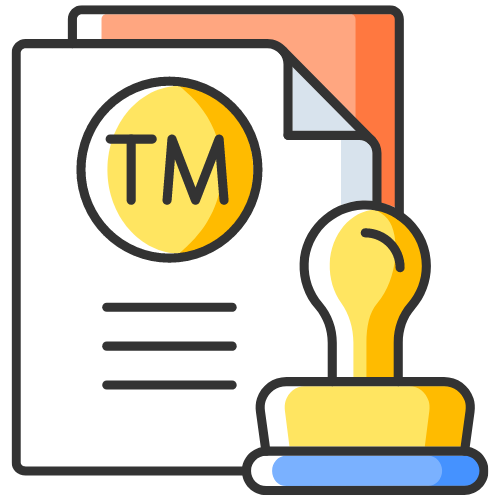
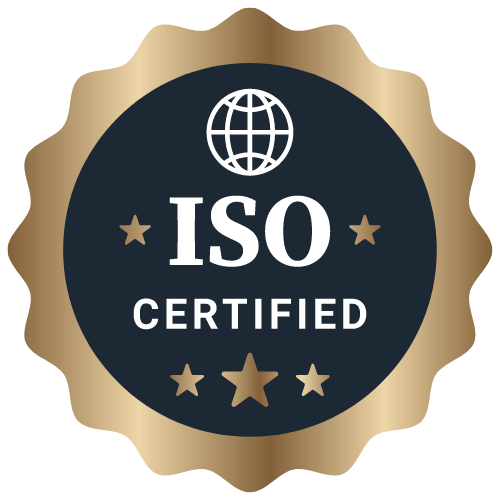







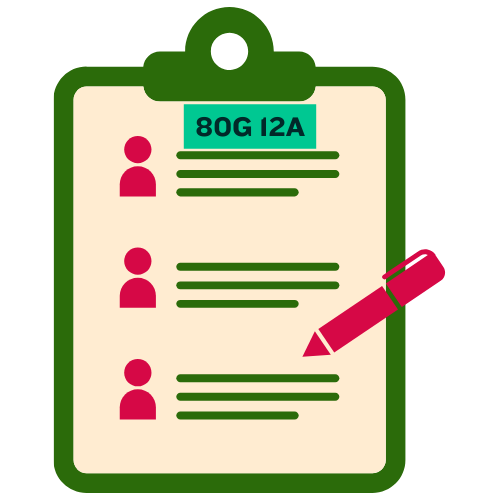

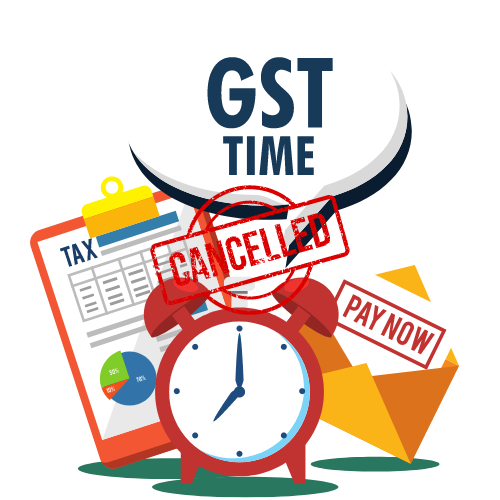

-registration.png)

